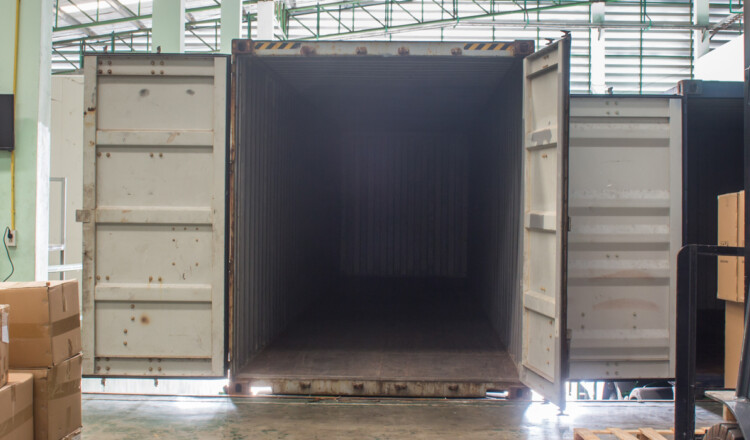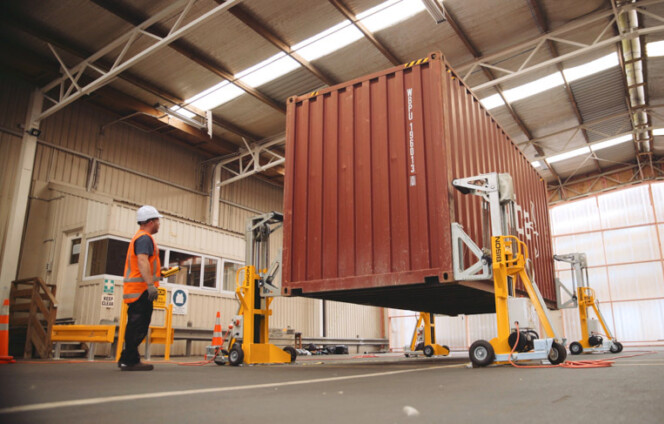Loading The Cargo
The loading process should be well-planned before the operations commence. Load distribution is a key consideration to ensure that no more than half of the container bears more than 60 percent of the payload. As a general rule, heavier cargo should be placed on the bottom and distributed evenly over the floor area. This will ensure that the shipping container is not proportionally heavy on any one side or corner. Lighter cargo should then be stowed on top. This same principle applies to wet and dry cargo, which should go at the bottom and on top, respectively.
Proper segregation of incompatible cargo is also essential. Physical characteristics such as weight, size, density, and whether they are liquids or solids must be taken into account. You must also consider the potential for cross-contamination by odor or dust. When it comes to hazardous goods, it is imperative to adhere to regulations and segregate the goods accordingly.
Interested in more? Read our 'Container Loading Dock Types and Alternatives' blog.
Securing The Cargo
Securing the cargo is critical to ensuring that it remains in its intended position and does not cause any damage to itself or other cargo. The best possible way of securing cargo is to place items tightly against each other within the container walls. However, if the cargo does not fill the entire space, it must be secured using appropriate methods.
In heavy seas, the cargo within a shipping container is exposed to compressive forces due to the pitching and rolling of the vessel. As a result, the normal strain on any securing devices may be increased by as much as 100%. Therefore, it is crucial to effectively secure the cargo within the container. There are several methods available to secure cargo, such as tie-downs, strapping, dunnage, fasteners, direct or friction lashing, blocking, or bracing. For example, bracing involves using lumber to artificially fit among the cargo, as pictured on the right. Your packing team must have a solid understanding of these methods, as there is a great deal of responsibility involved with securing a load.
Verifying The Weight
To comply with the latest SOLAS regulations, shippers are now required to provide a verified gross mass (VGM) of the shipping container to the terminal and shipping line before the vessel stowage plan is prepared. The VGM should be obtained as early as possible by using calibrated and certified equipment, and there are two methods to do so: either weigh the entire container and its contents after the door is sealed (Method 1), or weigh all individual cargo items, dunnage, and add it to the container's tare weight (Method 2).
According to the CTU Code, it is best practice for the shipper to verify the gross mass of the container before transport operations commence. This will allow for any necessary adjustments to be made if the container is imbalanced or overweight, ensuring that the carrier, forwarder, and other third parties in the logistics chain receive an accurate weight that they can rely on, thus preserving the chain of responsibility.
Get a VGM With Portable Scales
For shippers looking for a cost-effective and versatile solution, portable container scales are an excellent option. The Bison C-Jacks are among the best models available for weighing grounded containers and containers on the back of chassis, respectively. These scales are OIML certified and Type Approved weighing instruments, and they were developed specifically to give shippers a useful way to verify container weights in any location.
Using portable container scales is often more practical than moving a heavily laden container to a weighbridge or other weighing equipment. BISON container scales can be used to calculate the load distribution, and the Bison VGM App allows shippers to capture, manage, and share the container weight, photos, and related data. A VGM certificate can be generated and emailed from the pack point, ensuring compliance with SOLAS and CTU Code requirements.



